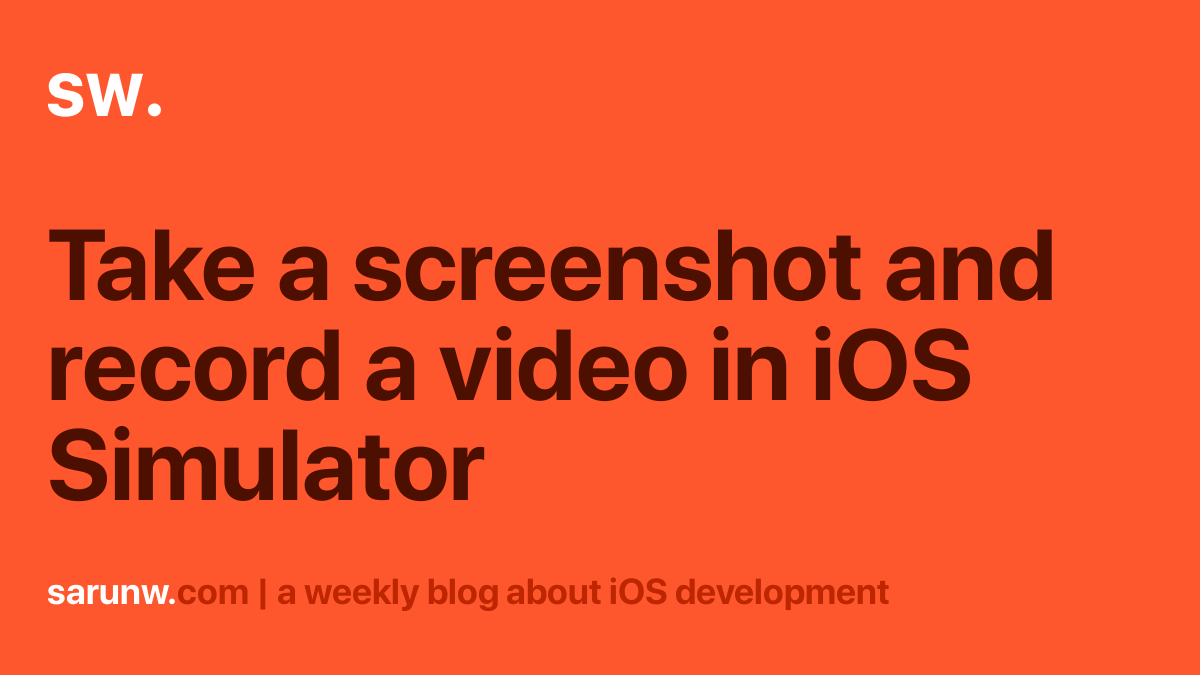- Swift Sprints
- Posts
- Side Project Roadmap Preview
Side Project Roadmap Preview
Phase 1: Ideation and Planning

Side Project Roadmap Preview
I’ve been working on a project recently that I’ve started calling a side project roadmap. This is the first chapter, or section of that guide.
Introduction
• Side projects have consistently impressed me with their potential and impact throughout my career. They can serve as a powerful means to secure new job opportunities, acquire fresh skills, generate additional income, and even evolve into fully-fledged businesses.
• In crafting this roadmap, my goal is to assist individuals who encounter challenges in planning or executing their side projects or specific phases thereof. The guidance presented here is meant to be suggestive rather than prescriptive, recognizing that each project is unique and not bound by strict rules.
• I firmly believe that the value of a project lies in its ability to achieve the creator's objectives. Whether it's a simple hello world app deployed with Docker or a revenue-generating Twitter tool, both are equally valid in my eyes.
Phase 1: Ideation and Planning
- Define Your Objectives
• Clearly outline the objectives for your side project, which may include mastering a new technology, building an impressive portfolio, solving a specific problem, or exploring a personal interest.
• Your primary consideration should be to identify your desired outcome from the side project. Here are some initial thoughts to guide you:
• Learning a new technology
• Building or enhancing your portfolio
• Addressing a particular problem
• Exploring a personal interest
- Brainstorm Ideas
• Generate a range of project ideas based on your passions, skills, and market demands. Evaluate each idea's feasibility, potential impact, and scalability.
• Depending on your defined goals, you may choose to omit this step.
• If you seek inspiration, start by listing 3-4 of your interests or hobbies. For each of these items, identify at least 2 related activities or actions. By doing so, you will have generated 6-8 potential app ideas!
- Select a Project
• Review your list and select the idea that excites you the most or aligns best with your objectives. Consider the complexity and time commitment required for each idea. Once you feel comfortable with your choice, you have found your project.
- Define Scope and Deliverables
• With your project idea in hand, proceed to define its features. Begin by listing individual pieces of functionality. If feasible, break these features down into smaller components that could be released incrementally.
- Set a Timeline
• Having determined your feature list, you can now plan a rough timeline or prioritize features. The focus here is on developing a "Minimum Viable Product" (MVP). It is entirely acceptable to start with a single core feature and release that initially.
This one blew my mind. I had no idea I could record video using the simulator, let alone do it from the command line 🤯.
I mean, cmon look at this sweetness:
xcrun simctl io booted recordVideo <file_name>.<file_extension>This library is neat first of all; I’m fascinated by a lot of the CloudKit syncing APIs already. One thing I love about it is that it provides a UI alongside the functionality to observe the iCloud connection.
That’s all for this week! If you enjoyed this week’s edition, I would love if you would share it with a friend or coworker! I’ve got some exciting things planned for the next few weeks so I’d love as many people to see it as possible.
Happy coding!
Morgan Zellers
P.S. If you have any suggestions, topics you'd like me to cover, or an app to share, please reach out! I truly value feedback and want to make Swift Sprints an engaging and valuable resource for the Apple developer community.
